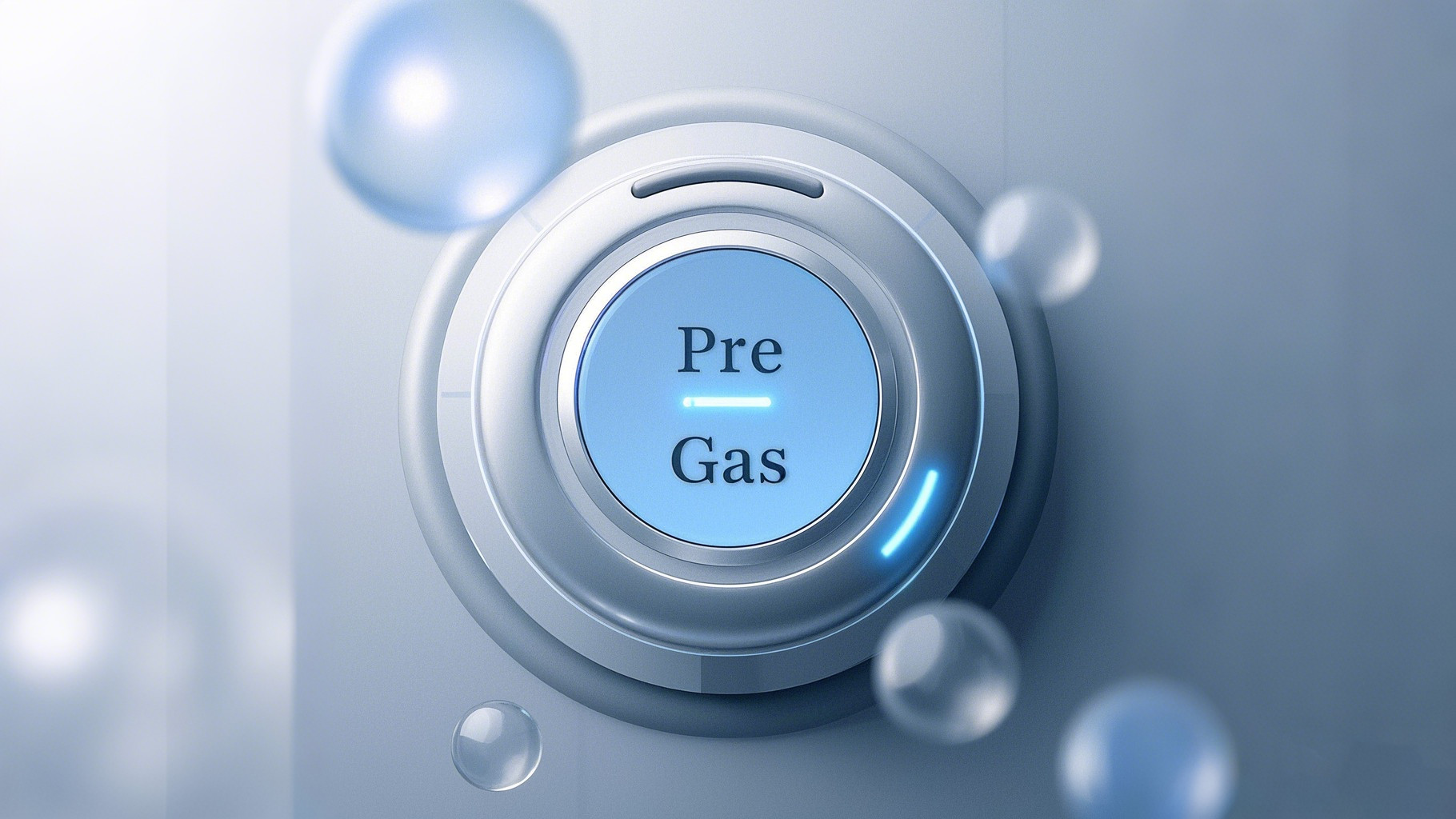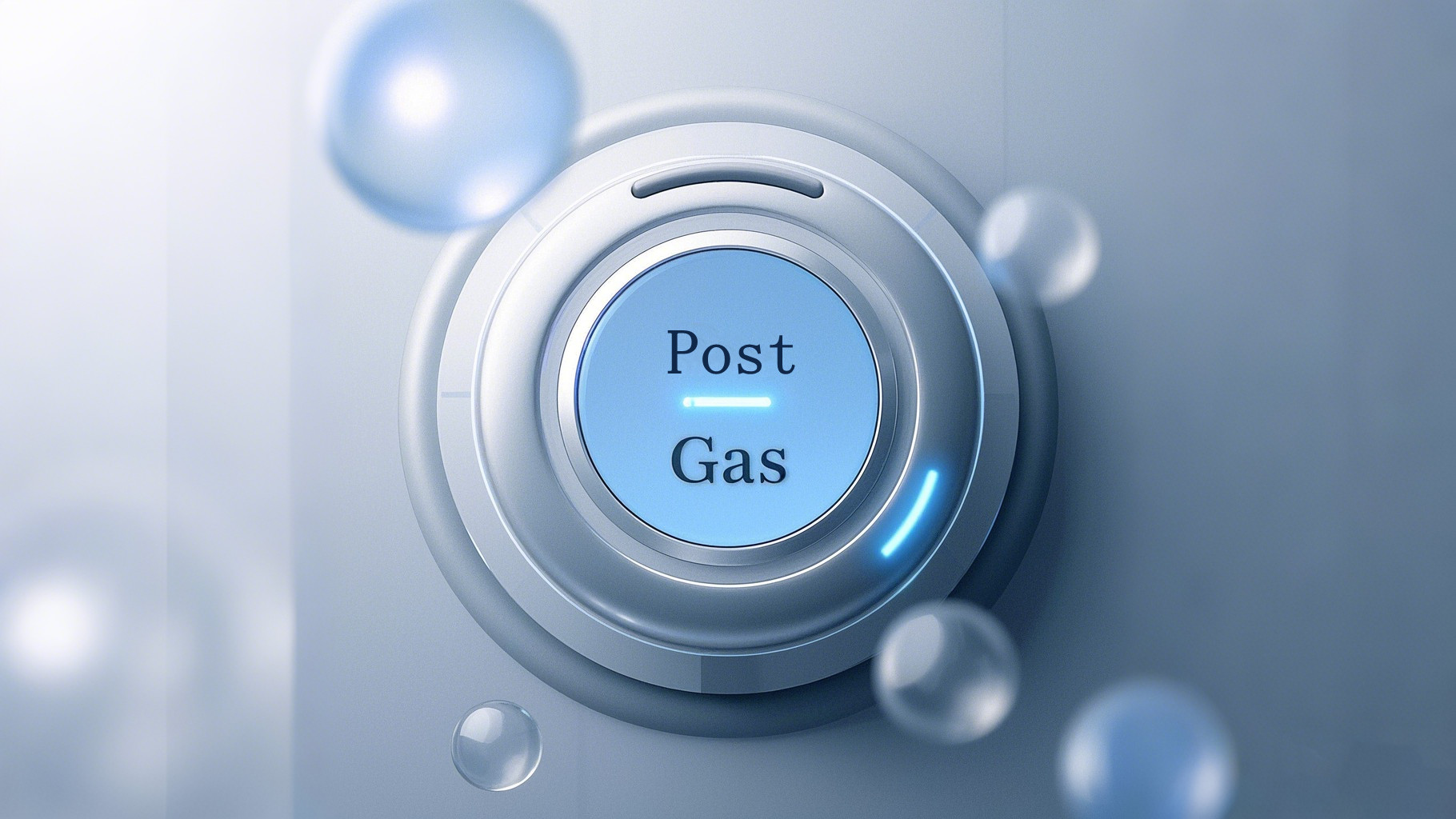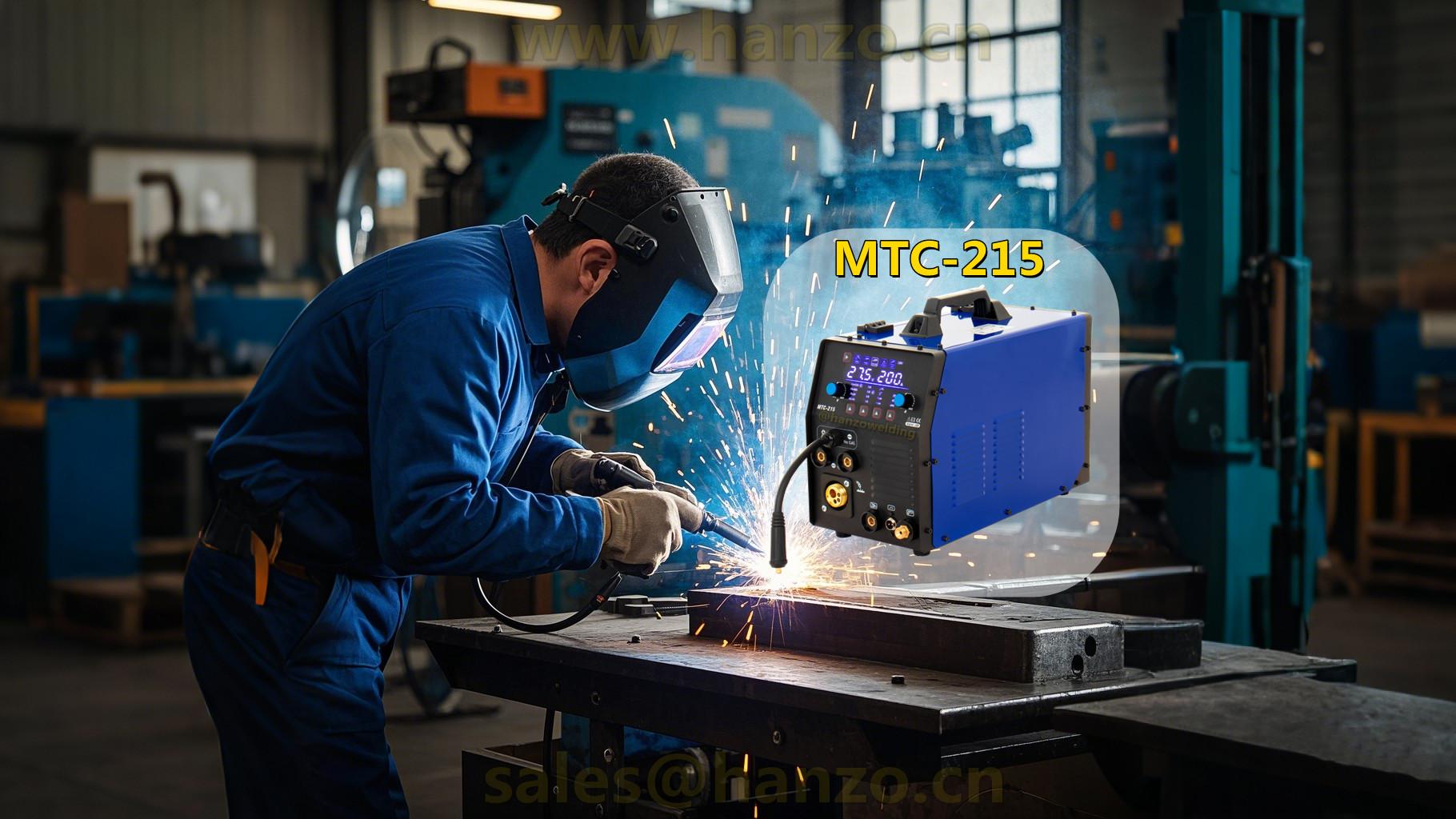In the HF TIG (High-Frequency Tungsten Inert Gas) welding process, "pregas" and "postgas" both play crucial roles.
Functions of Pregas
Expel air: Before arc ignition, the shielding gas (usually argon) is delivered in advance, which can quickly expel the air, especially oxygen and nitrogen, from the welding area. This can prevent the metal from reacting with oxygen in the air at the beginning of welding, thus avoiding the formation of oxide scale on the weld surface and ensuring the quality and appearance of the weld.
Stabilize the gas environment: It creates a stable gas shielding atmosphere for the subsequent welding process. A stable gas environment facilitates the smooth arc ignition and allows the arc to burn more stably, reducing defects such as spatter and porosity during welding.

Functions of Postgas
Protect the high-temperature weld: After the welding is completed, the weld metal is still at a high temperature. Continuing to deliver the shielding gas at this time can prevent the high-temperature weld metal from reacting with oxygen, nitrogen, etc. in the air, avoiding oxidation and nitridation of the weld, and thus improving the strength and toughness of the weld.
Cool the electrode: At the same time, postgas can also help cool the welding electrode (tungsten electrode), preventing the electrode from being damaged due to overheating and extending its service life.

In HF TIG welding, adjusting the pregas and postgas parameters according to the welding material and thickness can ensure the welding quality and effect. Here is a detailed introduction to the adjustment methods:
Adjustment based on welding materials
Different welding materials have different chemical properties, thermal conductivities, melting points and other characteristics, which require corresponding adjustments to the pregas and postgas parameters.
Active metals (such as aluminum, magnesium and their alloys)
*Characteristics: These metals react easily with oxygen at high temperatures to form oxide films. Moreover, aluminum has good thermal conductivity and fast heat dissipation, requiring more heat input.
*Parameter adjustment: The pregas time and gas flow rate should be appropriately increased to more fully expel the air from the welding area and prevent the formation of oxide films. The postgas time also needs to be extended to protect the high - temperature weld and prevent it from being oxidized during the cooling process. For example, when welding aluminum alloys, the pregas time can be set to 3 - 5 seconds, the gas flow rate to 12 - 15 L/min, and the postgas time to 5 - 8 seconds.
Stainless steel
*Characteristics: Stainless steel contains alloying elements such as chromium, which easily form chromium oxide at high temperatures, affecting the corrosion resistance of the weld.
*Parameter adjustment: The pregas time can be set to 2 - 3 seconds, and the gas flow rate to 8 - 12 L/min to expel the air and reduce oxidation. The postgas time is set to 3 - 5 seconds to ensure that the weld has sufficient protection during the cooling process and maintain its corrosion resistance.
Carbon steel
*Characteristics: Carbon steel is relatively less prone to oxidation, but it also reacts with oxygen at high temperatures, resulting in defects such as porosity.
*Parameter adjustment: The pregas time can be set to 1 - 2 seconds, and the gas flow rate to 6 - 10 L/min. The postgas time is set to 2 - 3 seconds to provide necessary protection for the weld.
Adjustment based on welding thickness
The thickness of the welding material affects the heat input and cooling rate during welding. Therefore, the pregas and postgas parameters need to be adjusted accordingly.
Thin plates (thickness less than 3 mm)
*Characteristics: When welding thin plates, the heat input is small, the cooling rate is fast, and the weld metal stays at high temperature for a short time.
*Parameter adjustment: The pregas time can be appropriately shortened, generally 1 - 2 seconds, and the gas flow rate to 6 - 8 L/min to quickly expel the air and start welding. The postgas time can also be correspondingly shortened to 1 - 2 seconds, as thin plates cool quickly and do not require long - term gas protection.
Medium - thick plates (thickness between 3 - 10 mm)
*Characteristics: Welding medium-thick plates requires a large heat input, and the weld metal stays at high temperature for a long time.
*Parameter adjustment: The pregas time is set to 2 - 3 seconds, and the gas flow rate to 8 - 12 L/min to ensure that the air inside the medium-thick plate is fully expelled before welding. The postgas time is set to 3 - 5 seconds to provide sufficient protection for the high-temperature weld and prevent oxidation.
Thick plates (thickness greater than 10 mm)
*Characteristics: Welding thick plates requires a large heat input, the weld cools slowly, and the high-temperature state lasts for a long time.
*Parameter adjustment: The pregas time should be extended to 3 - 5 seconds, and the gas flow rate to 12 - 15 L/min to ensure that the air inside the thick plate is fully expelled. The postgas time needs to be extended to 5 - 8 seconds or even longer to protect the thick - plate weld from oxidation during the long-term cooling process.
Summary
In actual operation, you can refer to the recommended parameters provided by the welding material supplier. First, conduct welding tests and observe the weld quality, such as whether there are defects like porosity and oxidation. Then, fine-tune the pregas and postgas parameters based on the test results to achieve the best welding effect.
All rights reserved by Hanzo Technologies Co., Ltd.
